Digitaria setigera
Roth ex Roem. & Schult.
Hairy Crab-grass
An annual or perennial grass, erect or at first spreading along the ground before becoming erect, 20-115 cm tall, often rooting at the nodes (Fig. 1). Leaves cauline, arising at more or less regular intervals along the stem. Leaf-blades flat, 3-25 cm long, 3-13 mm wide. The basic flowering units or spikelets are arranged in 3-16 spike like branches, the branches either all arise from a central point (digitate) and terminate the flowering stem or are arranged with most branches digitate and additional branches arising from a common axis above or below the digitate whorl (Fig. 2) The flowering heads are usually well exserted from the leaves. The spikelets (the basic flowering unit) are arranged in pairs along the ‘front’ side of the branch axis. The pairs alternate from one side of the branch axis to the other, leaving the winged branch clearly visible from the back (Fig. 3). The spikelet pairs consist of a lower spikelet, either stalkless or with a short stalk and an upper spikelet on a much longer stalk (Fig. 4). The spikelets consist of an upper glume only, the lower glume is absent, and two florets (modified grass flowers), a sterile lower floret and a fertile upper floret. The spikelets are dorsally compressed (flattened from front to back), so that they appear broadest from the front. In this species the spikelets in the pair are similar in form.
Botanical Description
An annual or perennial, decumbent or erect 20-115 cm high (Fig. 1). The leaves cauline, with leaf blades linear, flat, 3-25 cm long, 3-13 mm wide, hairy or glabrous. The leaf sheaths hairy or glabrous. The inflorescence subdigitate, with 3-16 racemose branches, the common axis of the inflorescence 0-8 cm long (Fig. 2). The branch of each raceme winged and one-sided, 4-16 cm long. The spikelets paired, the lower spikelet on a short stalk or sessile, the upper spikelet stalked; spikelets similar (homomorphic) in shape, arrangement of nerves and hairiness. The spikelet 2-3.2 mm long, the lower glume absent and the upper glume 0.7-0.8 mm long (Fig. 4). The lower lemma of spikelet with 7 nerves, 5 prominent, the space between inequidistant, i.e. the space between the middle nerve and the first nerve on either side of it are wider than the spaces between the first set of lateral nerves and the 2nd set of lateral nerves (Fig. 4). The lower lemma pubescent between nerves and on margin but glabrous in spaces beside midnerve.
Diagnostic Features
Digitaria setigera can be identified by the large inflorescence, with several branches arising from a central point and often with branches also arising further along an extended central axis (Fig. 2). If unfamiliar with Cynodon or Alloteropsis it may be confused with species of those genera, however, they are easy to differentiate. Cynodon has solitary spikelets arranged along the branch and Alloteropsis has much bigger spikelets which are awned. Distinguishing Digitaria setigera from other species of Digitaria such as Digitaria bicornis and Digitaria ciliaris can be much more challenging and almost impossible without access to good magnification tools. Following work done by Boonsuk et al. (2016) the characters considered useful for distinguishing between these three species relate to the similarities and differences between the lower and upper spikelet in a spikelet pair, and the size and presence of the lower and upper glumes. Even with magnification and access to known specimens for comparison, distinguishing between specimens takes both time to understand the characters properly and careful observation. For those motivated to take the time, a summary of the diagnostic characters is provided below
Digitaria setigera is distinguished form D. bicornis and D. ciliaris by the absence of the lower glume and the much smaller upper glume, < 1 mm long in D. setigera and > 1mm in D. bicornis (Fig. 5) and D. ciliaris (Fig. 6). For further information on D. bicornis and D. ciliaris see the factsheets for these species also provided in this series.
Natural Values (CYNRM, ATH, others)
Digitaria setigera is widespread, especially throughout SE Asia and India, and is currently recognised as naturalised in Queensland (Jessup 2017). Most collections recorded for Qld are between Townsville and Cairns and on the islands of the Torres Strait. The only mainland collection from Cape York Peninsula was collected in 1944 around Iron Range (Fig. 7).
Habitat
This species is not well represented in Australian Herbarium collections, possibly because it may be overlooked in the field as Digitaria ciliaris or Digitaria bicornis. Found in tropical and subtropical subhumid woodlands often in disturbed areas.
Land Management Notes
May be confused with Digitaria ciliaris a common weed of disturbed areas
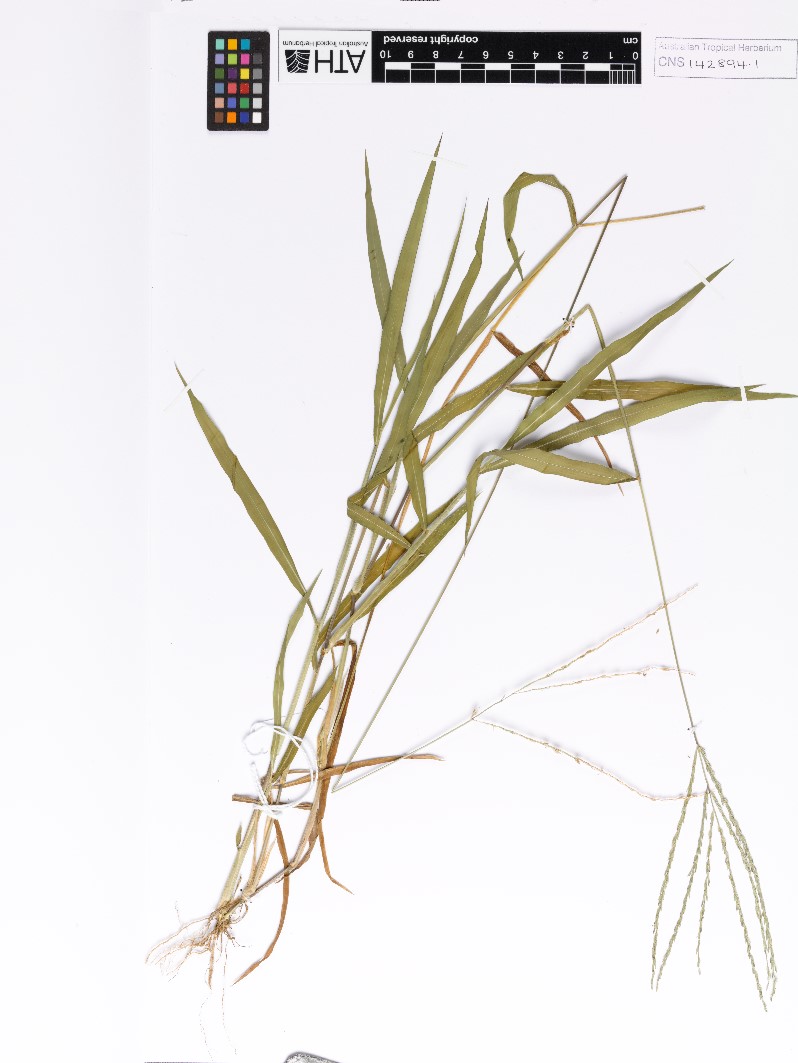
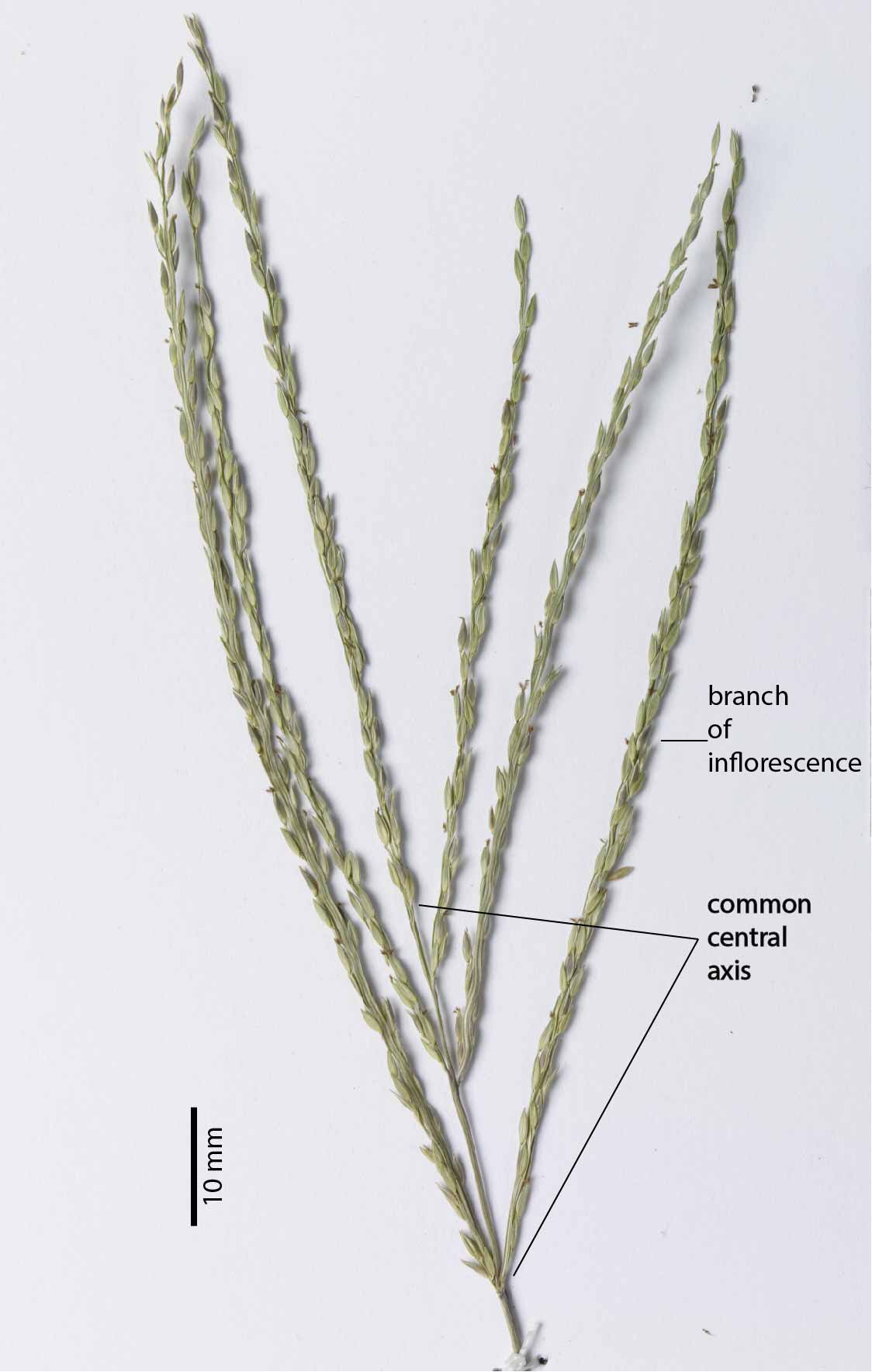
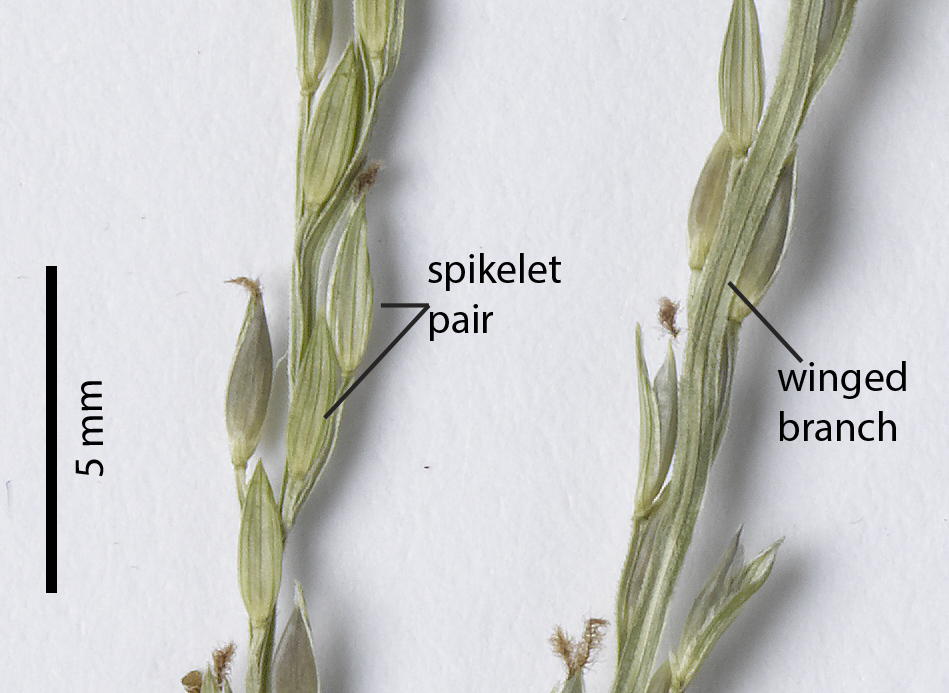
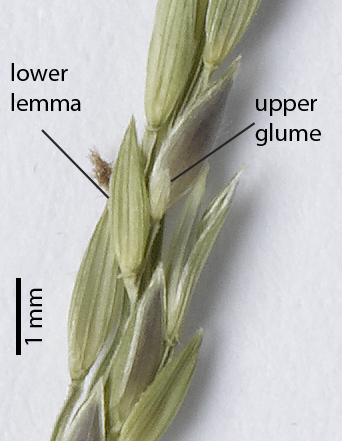
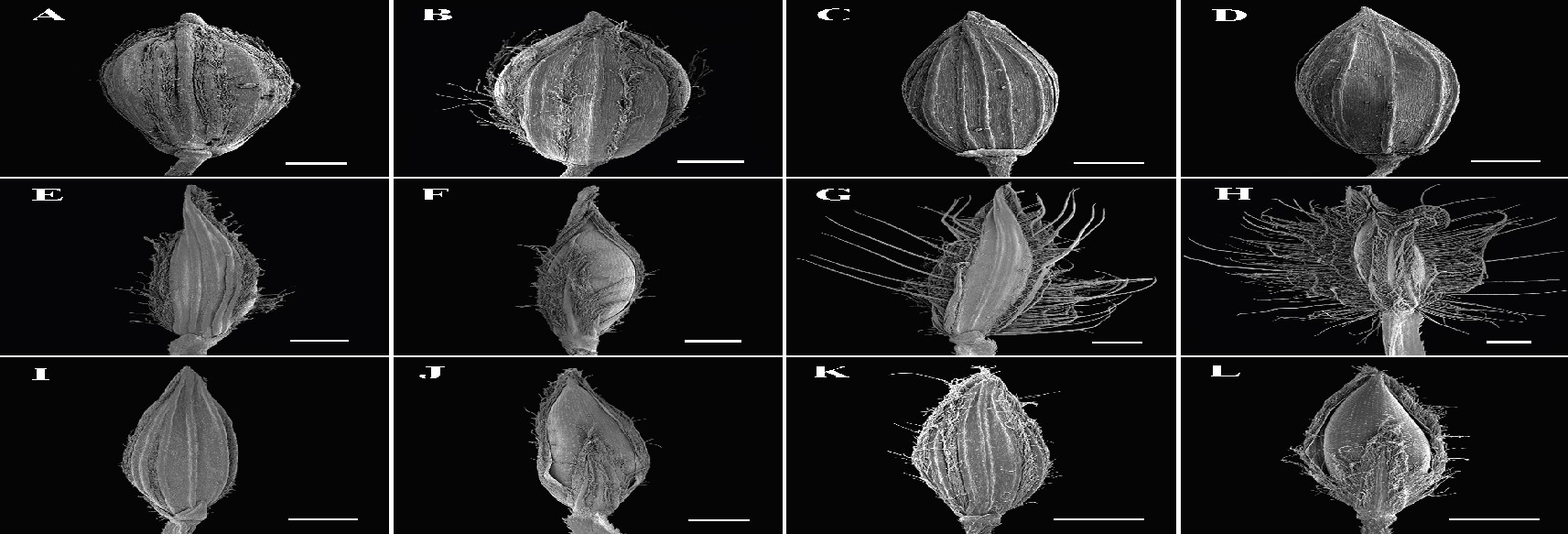
Resources
AVH (2017) Australia’s Virtual Herbarium, Council of Heads of Australasian Herbaria, <http://avh.chah.org.au>, accessed 30 May 2017.
Boonsuk, B., Chantaranothai, P. & Hodkinson, T.R. (2016), A taxonomic revision of the genus Digitaria (Panicoideae: Poaceae) in mainland Southeast Asia. Phytotaxa 246(4): 266
Clayton, W.D., Vorontsova, M.S., Harman, K.T. and Williamson, H. (2006 onwards). GrassBase - The Online World Grass Flora. http://www.kew.org/data/grasses-db.html. [accessed 21 March 2018]
Jessup, L.W. (2017). Digitaria. In P.D.Bostock & A.E.Holland (eds), Census of the Queensland Flora 2017. Queensland Department of Science, Information Technology and Innovation: Brisbane. https://data.qld.gov.au/dataset/census-of-the-queensland-flora-2017, accessed 26 March 2018.
Simon, B.K. & Alfonso, Y. (2011) AusGrass2, http://ausgrass2.myspecies.info/accessed on [date 29 March 2017].

